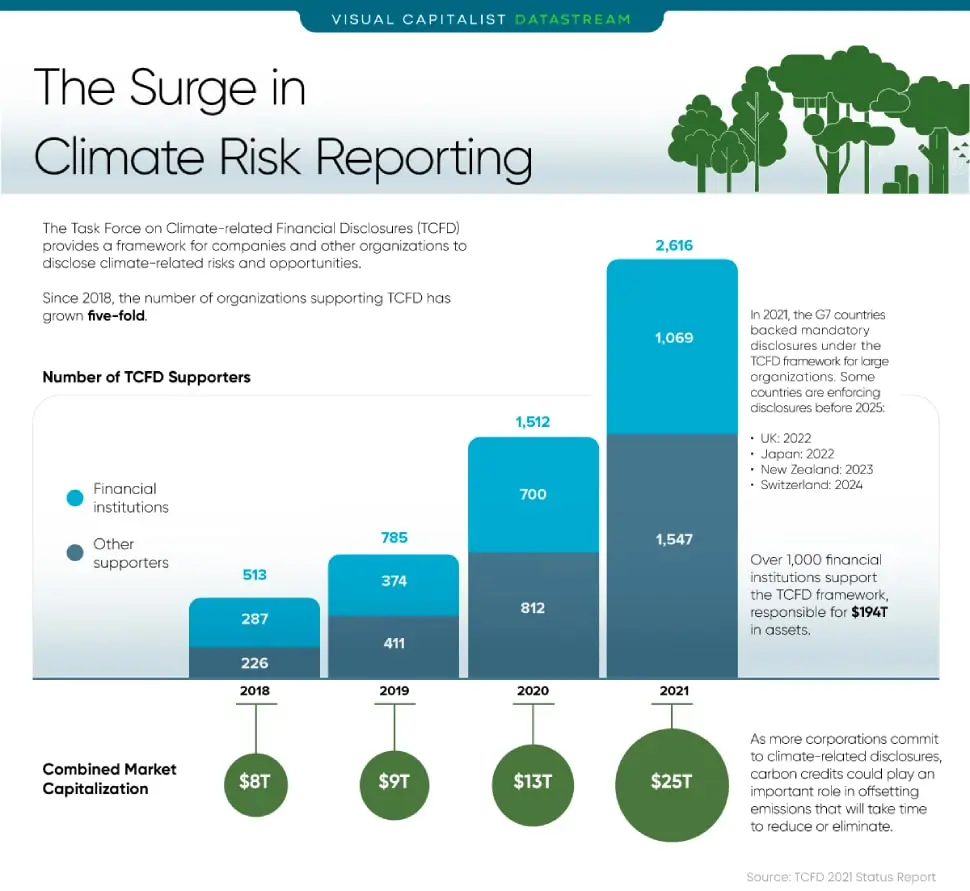免责声明
荷宝私募基金管理(上海)有限公司及其关联公司(“荷宝”)授予您访问本网站的权利, 但您需遵守以下条款和条件。请您仔细阅读以下条款和条件。
访问本网站及其任何页面, 即表示您声明并保证您所在司法管辖区的适用法律和法规允许您访问该信息, 并且您已同意以下条款和条件。如果您不同意这些条款和条件, 请不要访问本网站。 荷宝保留更改该等条款和条件的权利, 您应当定期查看此类更改, 您继续使用本网站即表示同意所有此类更改。
本网站上的任何内容均不构成税务、会计、监管、法律、保险或投资建议。本网站所载的信息或任何意见均不构成荷宝对买卖任何证券、期货、期权、基金或其他金融工具的招揽或要约, 并且若在任何司法管辖区内, 根据其适用法律, 此类要约、招揽、购买或出售是违法的, 也不得向任何人提供或出售任何此类金融工具。
限制
本网站不针对由于任何原因本网站被禁止发布或使用的司法管辖区内的人士, 任何适用此类禁令的人士不得访问本网站。访问本网站的用户有责任遵守适用法律法规。
信息与材料
这些页面中包含的信息, 材料, 条款, 条件和说明可能会有所变化。本网站包含的信息和材料, 包括但不限于文本, 图形, 链接或其他项目, 均为“现有”或“现存”信息。
荷宝尽合理努力在本网站中提供准确和最新的信息。但是荷宝不保证此信息和材料的准确性, 充分性或完整性, 并明确表示不对此类信息和材料中的错误或遗漏承担责任。您必须自己评估本网站所含信息的相关性, 准确性和充分性, 并进行您认为必要或适当的独立调查, 以进行此类评估。本网站包含的任何意见或估计均为一般性的, 您不得依赖其作为建议。
荷宝及其任何雇员或代理均未对您或任何特定人士或群体的投资目标, 财务状况或特殊需要进行任何考虑或调查。因此, 对于因您或任何人士或群体根据本网站包含的任何信息, 意见或估价而直接或间接造成的任何损失, 荷宝不作任何保证, 也不承担任何责任。
用于编制本网站的任何研究或分析均由荷宝获得, 供其自行使用, 并且可能是出于其自身目的而采取的行动。荷宝保留随时更改和更正意见、本网站及相关材料和链接的权利, 恕不另行通知。
不保证: 限制与责任
荷宝提供本网站的信息及材料, 但不作出与此相关的任何保证, 无论是明示的, 暗示的或法定的保证, 包括但不限于不侵犯第三方权利, 所有权, 适销性, 适用于特殊用途, 或免于计算机病毒的保证。
对于通过使用或访问本网站可能导致的任何形式的损失或损害, 包括直接的、间接的或后果性的损害, 荷宝均不承担责任。
互联网用户应该意识到, 由于我们无法控制的情况,
互联网上的通信可能会受到干扰、传输中断、数据传输延迟或错误的影响。荷宝明确表示不对中断、缺陷、操作或传输延迟、计算机病毒或系统故障,
或与本网站提供的信息和材料中的任何错误或遗漏承担责任。此外, 对于与本网站、使用或无法使用本网站有关或由此引起的任何损失或损害,
或任何未经授权方和任何计算机病毒篡改用户计算机系统的行为, 荷宝均不承担责任。
Sustainable investing
Task Force on Climate-related Financial Disclosures (TCFD)
The Task Force on Climate-related Financial Disclosures (TCFD) was founded by the G20 Financial Stability Board in 2015 to provide information about how companies are mitigating their climate change risks. It is chaired by data terminal pioneer and former New York City Mayor Michael Bloomberg.
Its original aim was to assess the climate risks and opportunities facing companies and organizations, and how they impact business models and financial statements. The focus of its recommendations in 2017 aimed to enable markets to price in climate risk and thereby ensure efficient capital allocation.
In 2021, the TCFD updated guidance which embraced double materiality – the impact that a company has on the world, and the impact that the world has on a company. This version focuses not only on climate-related financial risks and opportunities, but also on the alignment of companies and investors with the Paris Agreement.
From voluntary to mandatory
Reporting to meet the disclosures was originally voluntary, but in 2021 the G7 recommended that it become mandatory for larger companies. In 2022, the UK became the first country to make disclosures compulsory for companies with more than 500 employees, and will expand it to the whole stock market by 2025.1
In the EU, the Sustainable Finance Disclosure Regulation (SFDR) requires companies to disclose their Principal Adverse Impact (PAI) indicators including emission statements from January 2023. While the TCFD is being dealt with on a national level, and is typically managed by a country’s financial market regulators, investors use the TCFD to meet the SFDR, while companies use it to meet the EU’s Corporate Sustainability reporting Directive (CSDR).
Both the SFDR and the TCFD now require investment managers to make climate-related disclosures at the entity level for the investee company. Robeco fully supports this kind of disclosure as part of a long commitment to sustainable investing and strategies and was an early backer of the TCFD.

Companies have increasingly embraced disclosure. Source: TCFD.
In the wake of Paris
The TCFD was set up shortly after the Paris Agreement was launched in 2015, partly in response to complaints that data about emissions was either completely lacking, or was unreliable and incomplete. The Task Force consists of 31 members from across the G20, representing both data providers – including some of the largest companies in the world – and the global investors who will use the information.2
In 2017, the TCFD released four climate-related financial disclosure recommendations designed to help companies provide better information that can be included in their mainstream filings. These cover a company’s governance, strategy, risk management, and climate metrics and targets:3
Governance: Disclose the organization’s governance around climate-related risks and opportunities
Strategy: Disclose the actual and potential impacts of climate-related risks and opportunities on the organization’s businesses, strategy, and financial planning where such information is material
Risk Management: Disclose how the organization identifies, assesses, and manages climate-related risks
Metrics and Targets: Disclose the metrics and targets used to assess and manage relevant climate-related risks and opportunities where such information is material.
The number of companies committing to the TCFD has risen exponentially from 513 with a combined market capitalization of USD 8 trillion in 2018 to 2,616 with a market cap of USD 25 trillion in 2021. The number of investors backing it has likewise risen to more than 1,000 representing USD 194 trillion in assets under management.4
















